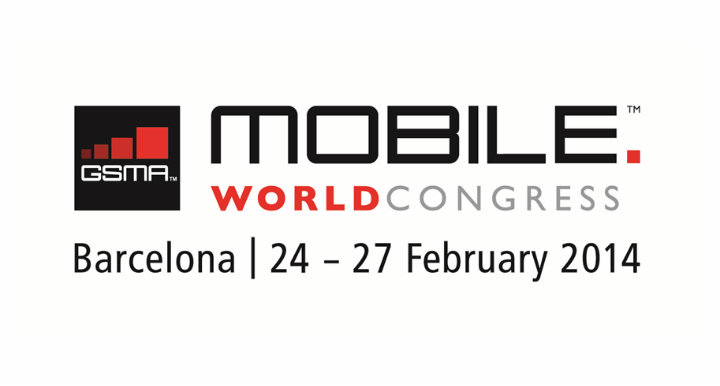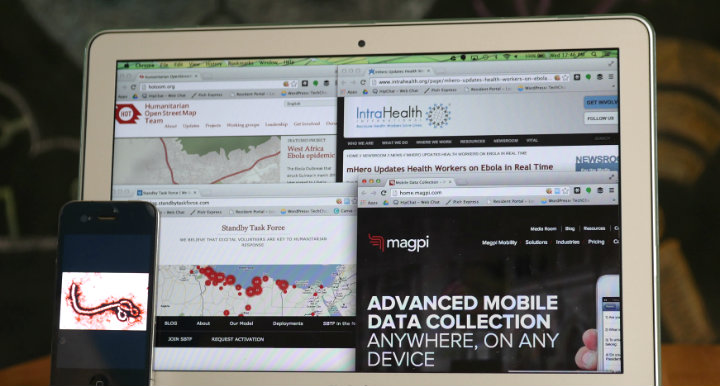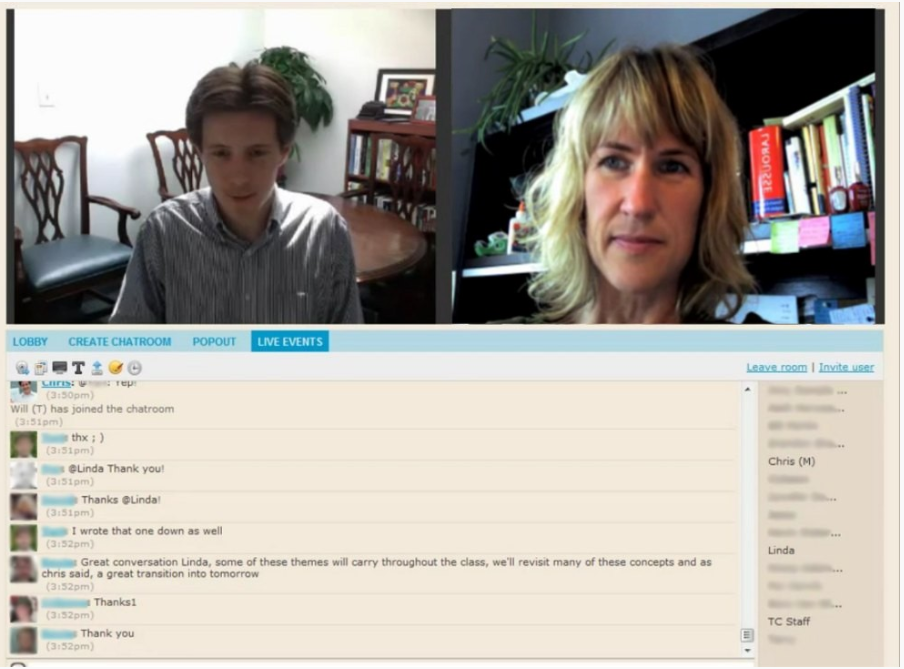Last week, the Mobile World Congress 2014 welcomed the most influential mobile carriers across the world that are shaping the future of mobile, especially for populations who are new mobile consumers. Looking back at some of the news coming from the mobile phone industry’s largest annual event, we examine the key takeaways from this year’s MWC that will impact not just emerging markets, but also developing countries.
1. Facebook wants to bring low-cost or free internet access to Asia, Africa, and Latin America. According to the New York Times, “For Facebook, poorer countries in Asia, Africa and Latin America represent the biggest opportunity to reach new customers, though it must figure out how to get people there online at a low cost.”
Facebook’s $19 billion acquisition of WhatsApp is linked to the social media company’s larger Internet.org initiative to partner with tech companies to have more people across the world, especially in developing countries, to be able to access the internet with a smartphone. Facebook has announced that it wants to partner with five more companies across emerging markets in 2014 to continue this Internet.org initiative.
2. Mozilla’s $25 smartphone will make mobile internet access more affordable. The Mozilla Foundation has joined forces with a Chinese chipmaker, Spreadtrum Communications, to introduce a mobile device that will be sold for only $25 later in 2014. By offering this smartphone at a price point significantly lower than other major players in the smartphone market, Mozilla is aiming to cut into the smartphone dominance of Android and Apple iOS, and looking to take smartphone market share in Latin America and Africa.
3. Mobile money is growing rapidly. In a report launched this week at the Mobile World Congress, GSMA announced that mobile money reached 61 million consumers in 2013. According to the report, “At the end of 2013, nine markets, Cameroon, the Democratic Republic of Congo, Gabon, Kenya, Madagascar, Tanzania, Uganda, Zambia and Zimbabwe, already had more mobile money accounts than bank accounts, compared to just four markets last year.” Mobile money is resulting in more financial inclusion across the developing world. Looking for an intro to mobile money? Check out our free self-paced online course on mobile money here.
4. mHealth innovations for developing nations will continue to be mostly SMS-focused in the short-term. Samsung demonstrated it is moving deeper into the mHealth and wearable technology industries with last week’s launches of the Galaxy S5, which can monitor heart rate, and the Gear Fit. As we’ve seen with our earlier post with Text to Change on using mobiles for social change in developing countries, mHealth still has a long way to go in developing countries with simple SMS campaigns. Until these cheaper smartphones become more accessible to more consumers along with reliable internet connectivity as Facebook and Mozilla at MWC 2014 may promise, mHealth in developing countries will continue to focus more on text messaging.
3G Doctor shared this helpful mHealth Guide to the MWC2014. If anyone was able to attend any of these events, please share with us any insights you learned!
Interested in Mobiles for International Development and mHealth? Join our upcoming mHealth online course, which runs March 31 – April 25, 2014.



